Complete Guide for Heat Treatment and Heat Treatment Process
What is heat treatment? How many types of heat treatment? What are advantages of heat treatment? What is the value of heat treatment?
What is heat treatment---the definition of heat treatment.
Heat treatment is a metal processing technique used to change the physical (sometimes chemical) characteristics of a material, heating and cooling the metal under strict control to improve its characteristics, performance, and durability.
In general, heat treatment can soften metals to improve formability. It can harden parts to increase strength. It can place hard surfaces on softer components to improve wear resistance. It can produce corrosion-resistant skin to protect parts. Also, it can make brittle products tough.
The basis of heat treatment
Although steel accounts for the vast majority of heat-treated materials, alloys of aluminum, copper, magnesium, nickel and titanium can also be heat-treated.
The heat treatment process requires three basic steps:
a. Heat to the specified temperature
b. Hold for an appropriate time at this temperature
c. Cool according to the prescribed method
The temperature range may be as high as 2400°F, and the time at this temperature may range from a few seconds to as much as 60 hours or even longer.
Some materials are cooled slowly in the furnace, while others must be cooled or quenched quickly. Some low temperature processes require processing at -120°F or lower. The quenching medium includes water, brine, oil, polymer solution, molten salt, molten metal and gas. Each has specific characteristics that make it ideal for certain applications. However, 90% of parts are quenched in water, oil, gas or polymer.
Heat treatment hardness VS temperature. The effect of carbon content on the hardness of tempered carbon steel.
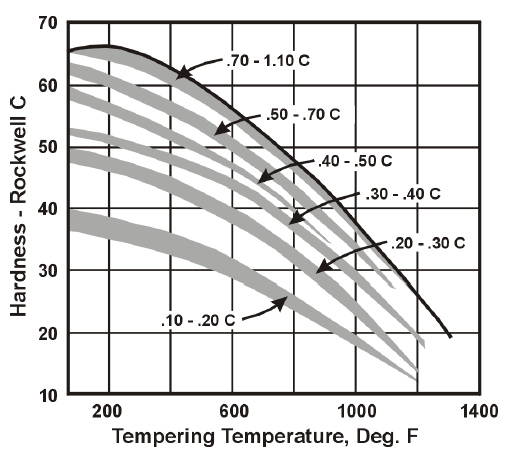
Different types of heat treatment
1. Basic heat treatment
Annealing and solution annealing
In this type of heat treatment, depending on the type of material, the material is heated to the required temperature and held for a specific period of time before it is cooled slowly or quickly. This process improves the microstructure of the grain, making it more uniform and easier to process. It can also be used to improve the ductility of materials for further processing and reduce the potential stress of castings.
Annealing is also commonly used to reduce the hardness of materials, which helps to improve their workability. Suitable for ferrous and non-ferrous metals.
When solution annealing is involved, this process, although similar to annealing at service temperature, is usually used with 300 series stainless steel to improve corrosion resistance and ductility.
Both treatment methods are often used in the metallurgical industry, including in the investment casting process.
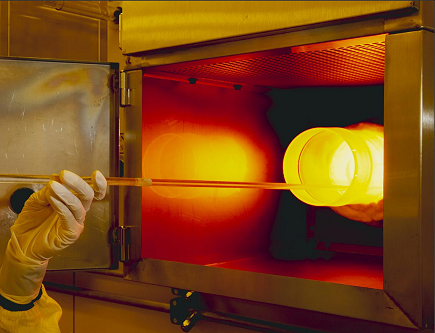
2. Hardening and tempering
Hardening and tempering include two stages.
Some steels with a specified carbon range can be quenched, including materials that are usually heated above 900°C before rapid cooling or quenching. The result is that parts are lighter and stronger, and tools and molds can achieve the required wear resistance while maintaining their toughness. If the part is made of martensitic stainless steel, it can only become corrosion resistant after such heat treatment.
Further heating and cooling cycles called tempering can be used to introduce a certain degree of ductility to the part, making it tougher and less likely to break under pressure. Tempering can harden parts.
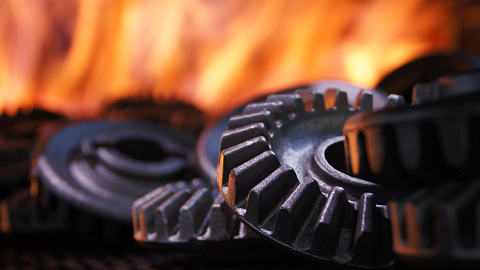
3. Case hardening
Case hardening or carburization is a thermochemical process in which alloying elements (mainly carbon or nitrogen) are added to the metal surface to a certain depth (shell), only the case hardens during this process. This is useful for certain applications because it allows the assembly to have a "soft" ductile core and have very hard and wear-resistant external parts.
The result is improved wear resistance without compromising toughness. It is an ideal choice for various applications of pressure and wear.

4. Induction hardening
Induction hardening is usually used for steel and cast iron, and the surface of metal parts is hardened by induction heating and quenching. This process can increase the hardness and brittleness of the material, which also allows you to harden specific areas of the part without damaging the remaining parts.
This heat treatment makes the surface of the part more resistant to wear, and local hardening helps to strengthen certain areas of the component without stopping the entire process, just like the hardening treatment in some cases. Induction hardening is also a good choice for larger parts.
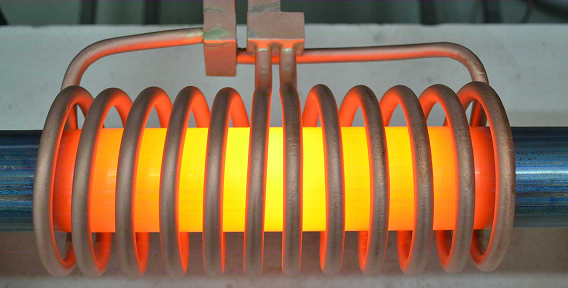
5. Vacuum heat treatment
This process allows us to achieve most heat treatments, such as quenching and annealing. This low-pressure treatment is suitable for heat-resistant alloys including nickel-based alloys, and helps parts to better withstand high-temperature environments and other stresses. Therefore, it is usually found in industries such as aerospace, mainly for engines and exhaust.
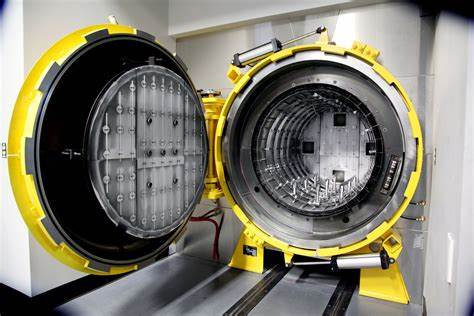
6. Hot isostatic pressing (HIP)
This heat treatment uses an inert gas (usually argon), high temperature and extremely high pressure. This allows plastic deformation, creep and diffusion to occur. HIP is used to remove internal micropores, thereby improving mechanical properties by compressing any gases and pores that may be present in the part.
The characteristics of HIP make it very suitable for removing micropores in any metal, but especially in high integrity applications such as aircraft engines and parts. It is also used in the medical industry to improve chromium, titanium and stainless steel implants.
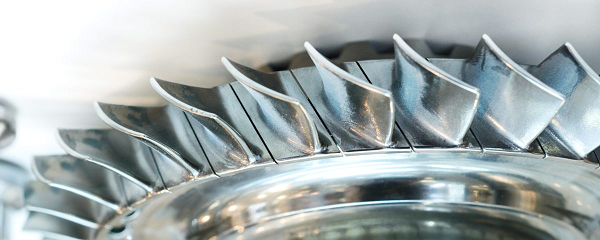
7. Normalizing
This technology is only suitable for ferrous metals and can be used for applications that require a uniform pearlite structure on a microscopic level. This includes grain size and composition. Normally used for ferrous metals, normalizing requires heating the steel to about 40°C above its critical temperature, keeping it at this temperature for a period of time, and then cooling in the open air.
The ultimate goal of this process is to increase the toughness of the steel, reduce internal stress and refine the grain size. The standardized material is harder than the annealed material. Normalization is also the final treatment of steel before the parts are ready for use.
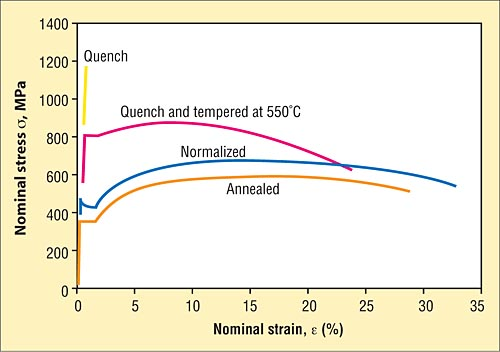
Advantages of heat treatment.
1. It can change the physical (mechanical) properties of the material and facilitate other manufacturing steps.
2. It relieves stress and makes parts easier to machine or weld.
3. Increase the strength to make the material more ductile or more flexible.
4. Introduce wear resistance (hardness) characteristics, whether it is the surface or the entire part.
5. It can improve brittleness. Some metals become brittle or brittle once exposed to a specific environment, so they need to be treated to overcome this problem.
6. It can improve the electrical and magnetic properties of metals, thereby improving their compatibility with other materials.
7. Steel benefits greatly from heat treatment, especially in the manufacturing process after thermoforming or welding.
The value of heat treatment
It is closely related to the production of steel products: approximately 80% of the heat-treated parts are made of steel. These include products from steel mills such as bars and pipes, as well as castings, forgings, welded parts, machined parts, rolled parts, stamped parts, drawn parts or extruded parts.
This is also a crucial step in the production of non-ferrous metal products. For example, heat treatment of aluminum alloy automotive castings to increase hardness and strength. Heat treatment of brass and bronze products to improve strength and prevent cracking; titanium alloy structure undergoes heat treatment to improve high temperature strength.
Summary
This article introduces the heat treatment, the types of heat treatment, the advantages of heat treatment, the value of heat treatment.


